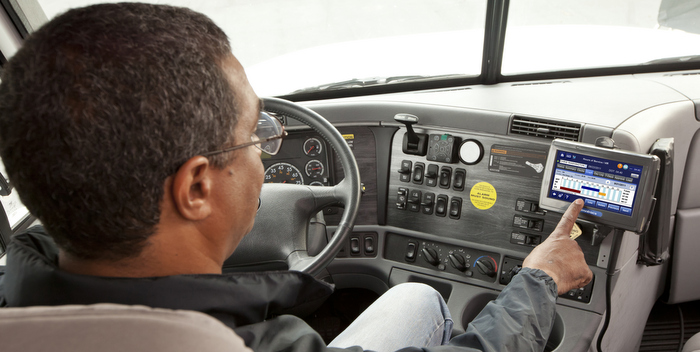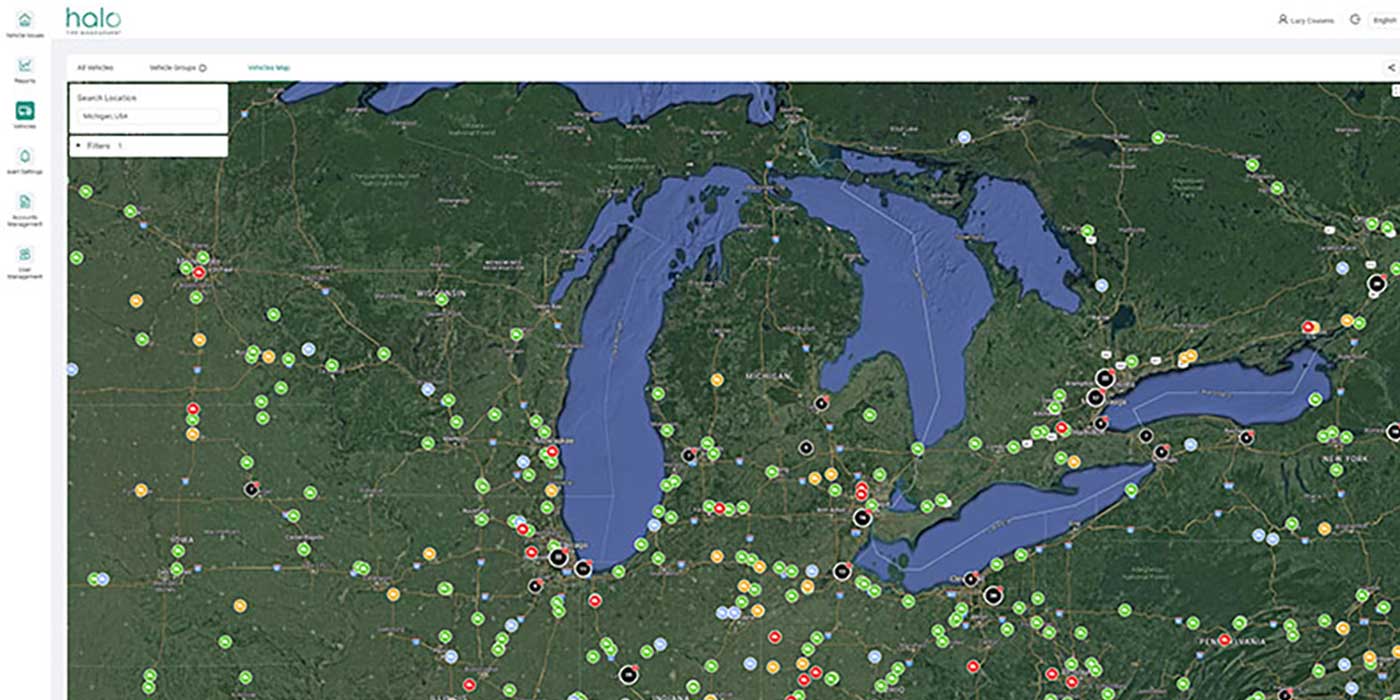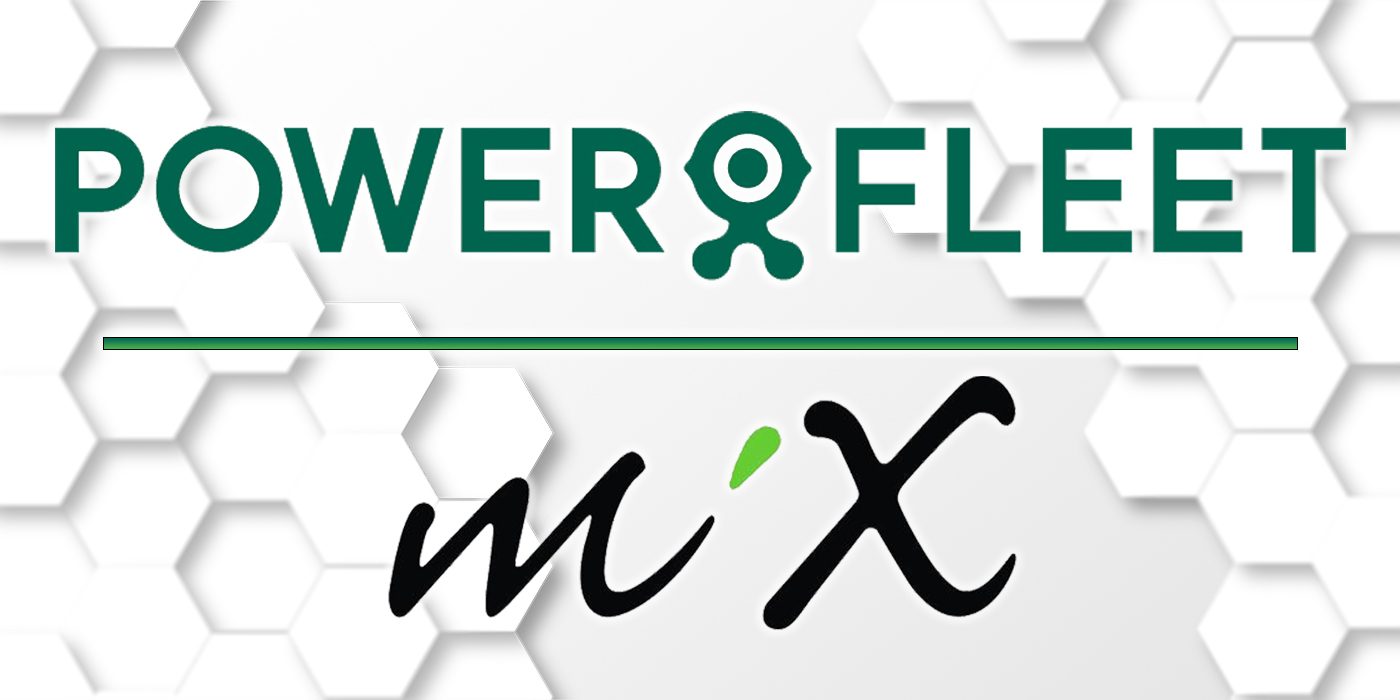As your are probably well aware, this past March, the Federal Motor Carrier Safety Administration (FMCSA) announced the proposal to require interstate commercial truck and bus companies to use electronic logging devices (ELDs). The comment period for the proposal ended in June—the final rule will likely be published the end of 2016 with drivers and carriers required to be fully compliant by the end of 2018.
Here’s a reminder on how it will all work. The ELD will be synchronized with the engine and will automatically capture engine power status, vehicle motion status, miles driven and engine hours. (For trucks manufactured in 2000 and later, interfacing with the engine electronic control module (ECM) will render GPS enabled smartphones non-compliant as a sole solution.) Recording location information will require an automated entry at each change of duty status, at 60-minute intervals while the commercial motor vehicle (CMV) is in motion, at engine-on and engine-off instances and at beginning and end of personal use and yard moves. The device must be able to utilize at least one of the following communication methods of data transfer to enforcement officers: Wireless web services, Bluetooth 2.1, USB, email or printouts—and it must be tamper-proof.
“Fleets have so much at stake under the new regulatory landscape that the cost of non-compliance is far more expensive than the cost of compliance,” notes Brian McLaughlin, president of PeopleNet. “In addition to avoiding the unnecessary expense of heavy fines, electronic onboard recorders (EOBR)-based hours of service (HOS) solutions offer cost-saving opportunities in improved safety, as well as high-efficiency compliance with the ELD mandate. Carriers wondering if more sophisticated bundled EOBR systems are worth the investment should understand the potential for additional return on investment (ROI) across their entire operation. For instance, the driver behavior/performance data generated by EOBRs creates an early warning system about habits that pose safety threats. Without this information, these risks may go undetected until they cause an accident. The data (hard braking, lane departure, speed, etc.) provides managers the information they need to dialog with drivers, raise awareness and correct negative behaviors. In addition to uncovering the root causes of undesirable behaviors that may not only lead to safety violations and accidents, the value of this and additional engine-generated data can help reduce fuel consumption.”
There may be a silver lining. “Fleets that have implemented EOBR technology have reaped impressive ROI data that demonstrates its ability to not only strengthen HOS compliance, but also make operations more efficient,” McLaughlin continues. “They have reduced overhead, insurance premiums, fuel and other operational costs, and improved customer service and driver efficiency adding up to a better bottom line.”
You may want to start thinking about compliance now. Consider vendors that have a proven track record providing like solutions to those with similar needs to yours. Ask for examples, testimonials and case studies. Selecting a provider based solely on cost is ignoring a host of other important factors. ROI is probably a more relevant consideration. When gauging TCO, consider all the costs associated with hardware, programs, servers, devices, warranties and licenses, migration expenses, upgrades, patches and future licensing policies, etc. TCO also includes operating expenses such as electricity, testing costs, downtime, outage and failure expenses, security (breaches, loss of reputation, recovery and prevention), backup and recovery processes, training, implementation, insurance, and even future upgrade expenses and decommissioning.













